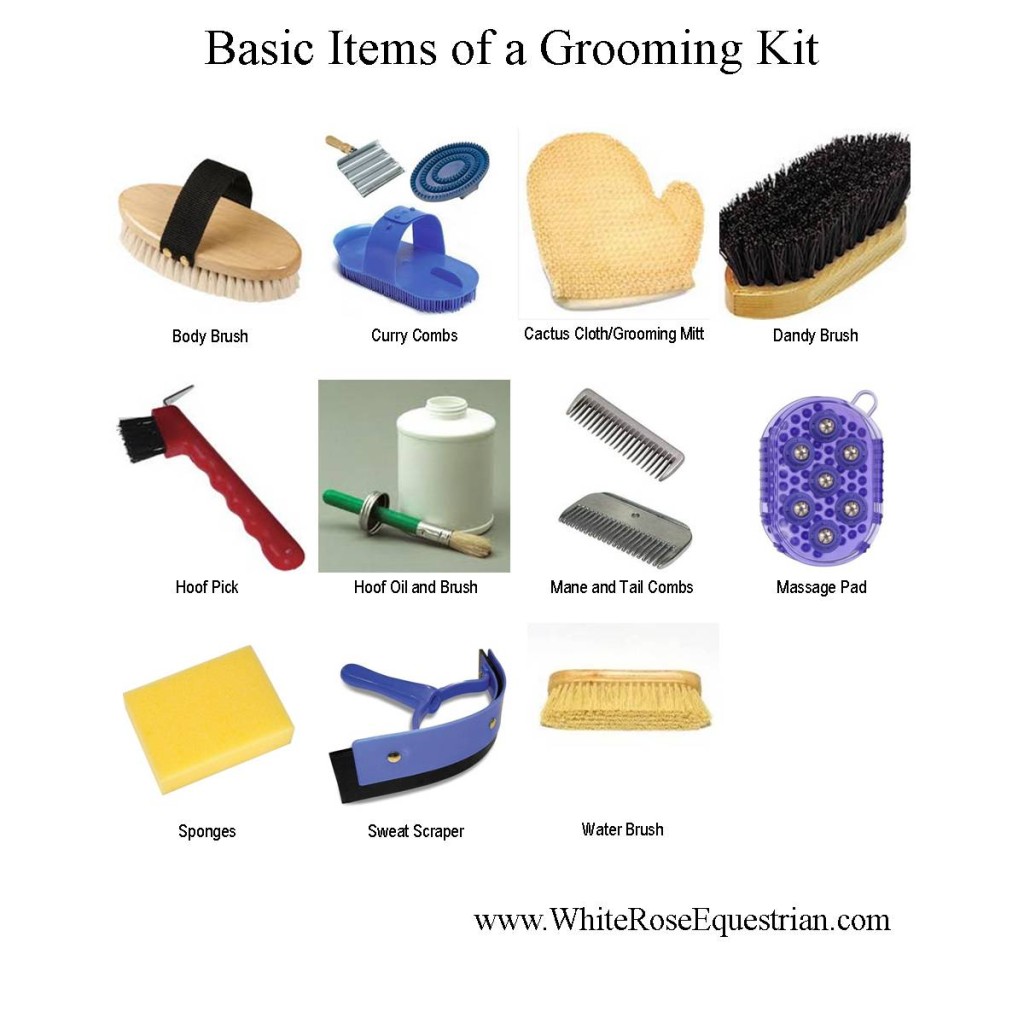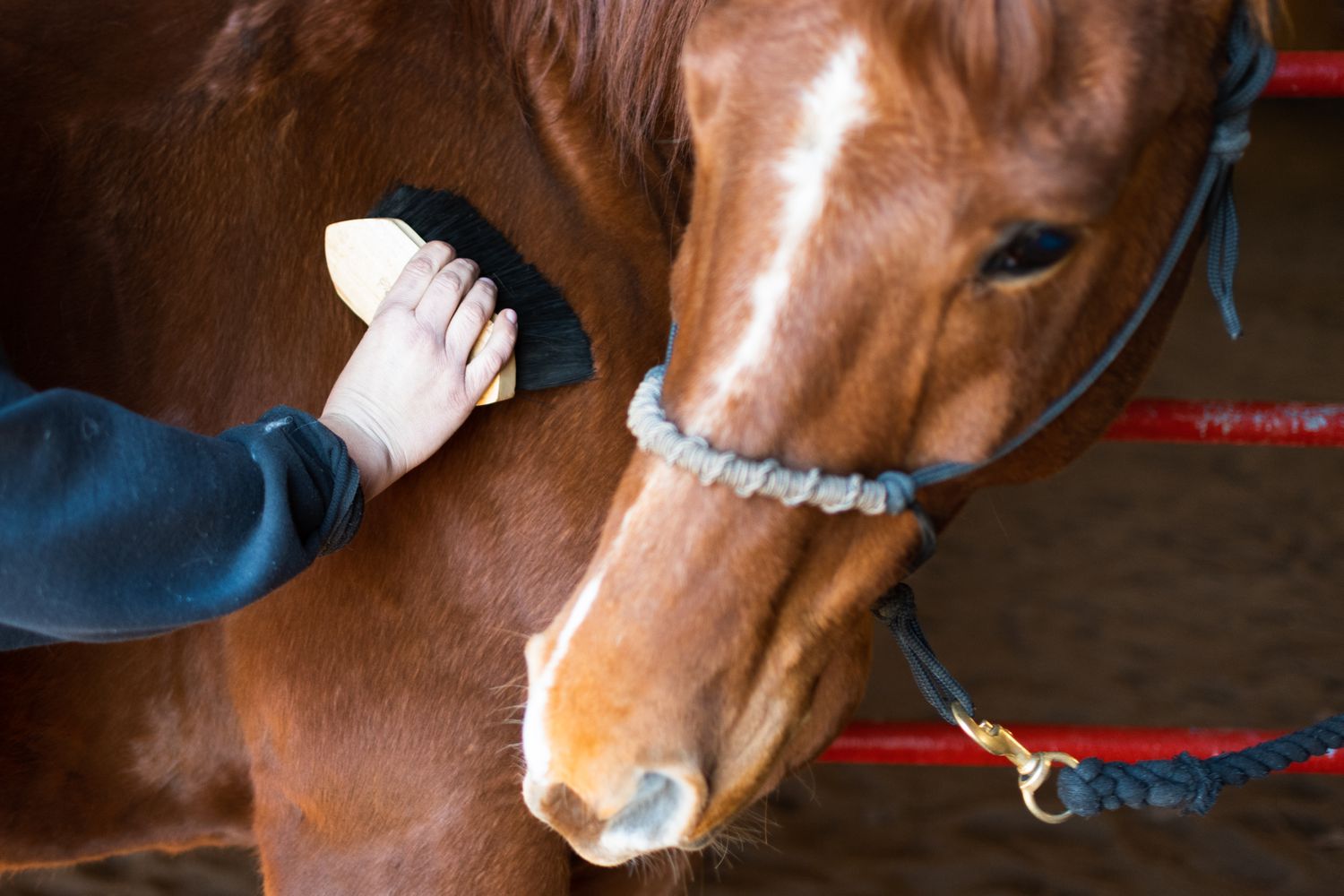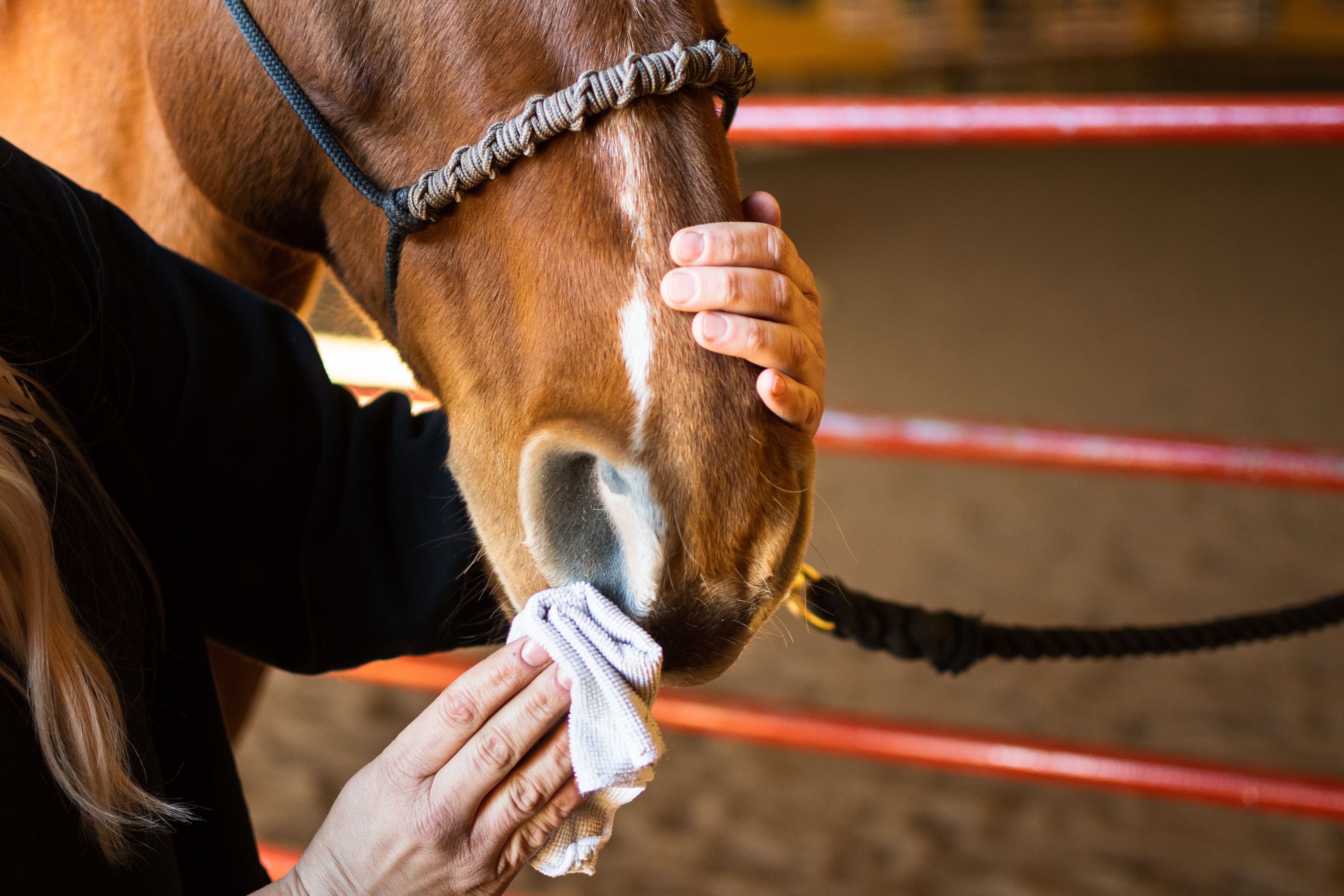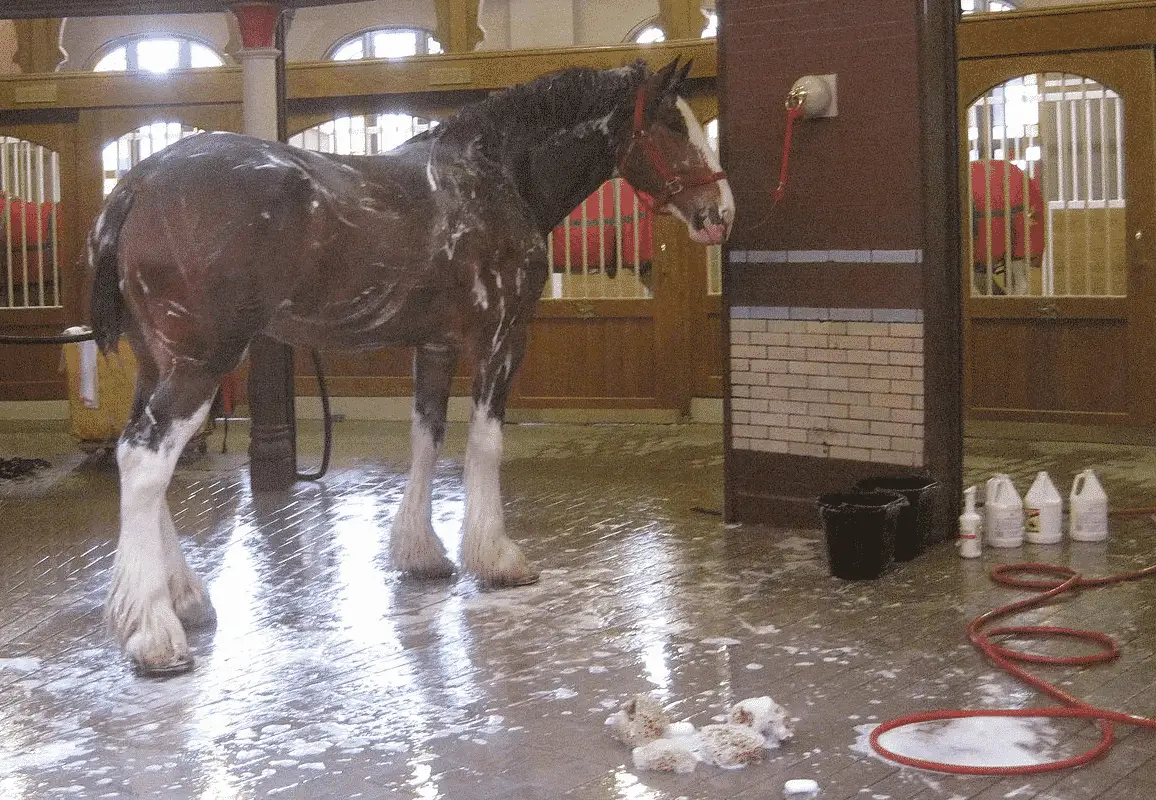Grooming is a fundamental aspect of equine care that goes far beyond keeping horses looking their best. It’s a critical component of their overall health and well-being. In this comprehensive guide, we’ll explore horse grooming basics, focusing on the pivotal role of brushing.
The Importance of Regular Grooming
Engaging in consistent grooming sessions helps to not only clean the horse’s skin and hair but also to strengthen the bond between horse and owner. It is a time to check for injuries, parasites, and other skin conditions that could go unnoticed without close inspection.
Maintaining a Healthy Horse Coat
For equestrians, understanding how to brush a horse is key in maintaining a healthy horse coat. Regular brushing stimulates the natural oils in the skin, promoting a glossy and healthy appearance while preventing matting and reducing the risk of various skin issues.
Essential Equine Grooming Tools

A well-equipped grooming kit is the first step in proper equine care. The right tools make the process efficient and comfortable for both the groomer and the horse.
Best Brushes for Horses
When selecting the best brushes for horses, consider a variety of types to suit different purposes:
- Curry comb: for loosening dirt and hair
- Dandy brush: for flicking away dirt and debris
- Soft brush: for smoothing the coat and adding shine
Additional Horse Care Implements
Beyond brushes, your kit should include other horse care essentials such as hoof picks, mane and tail combs, and grooming cloths. These items ensure that every part of your horse is attended to with care.
Brushing a Horse for Beginners: Step-by-Step Guide

Brushing a horse for beginners can be a daunting task. However, with the right approach and techniques, you can ensure a thorough grooming session. Let’s walk through the steps.
Securing Your Horse for Grooming
Before you begin, make sure your horse is safely secured. This can be done with a halter and lead rope, ensuring they’re comfortable yet restrained enough to prevent any sudden movements during the grooming process.
Starting with Curry Combs: Techniques and Tips
Using a curry comb, start at the neck and work your way down the body in circular motions. This horse brushing technique helps in loosening dirt and hair, and should be done with moderate pressure to avoid discomfort.
Using a Dandy Brush: Removing Dirt and Debris
After the curry comb, a dandy brush is used with flicking strokes to remove the loosened dirt. Ensure you cover all areas, paying special attention to the legs and belly where dirt tends to accumulate.
Finishing with a Soft Brush for Shine and Health
The final step in the brushing sequence is using a soft brush. This brush smooths the hair and brings out the natural shine, enhancing your horse’s coat health with every stroke.
Horse Mane and Tail Brushing: Techniques for Detangling
For horse mane and tail brushing, use a wide-toothed comb or a specialized mane and tail brush. Start at the ends, working your way up to prevent breakage and maintain the integrity of the hair.
Cleaning the Hooves: A Vital Step in Horse Grooming
Hoof care should not be overlooked. With a hoof pick, clean out any rocks, dirt, or debris, checking for any abnormalities or signs of disease as you go.
Horse Brushing Benefits: Why It’s More Than Just Aesthetic

While a well-groomed horse is certainly a sight to behold, the act of grooming offers much more than aesthetic appeal.
Enhancing the Bond Between Horse and Owner
Horse brushing benefits include the opportunity for horse and owner to strengthen their relationship. The time spent together during grooming sessions builds trust and a deeper connection.
Monitoring for Health Issues During Grooming Sessions
These sessions are also a prime time to monitor for health issues. Regular brushing allows for early detection of lumps, cuts, or signs of infection that might require attention.
Advanced Horse Brushing Techniques

Once the basics are mastered, advanced horse brushing techniques can be incorporated into your routine for even better coat care.
When and How to Use Specialized Grooming Tools
Specialized tools, such as shedding blades or mitts, can be used during periods of heavy coat shedding. Knowing when and how to use these tools is important for efficient grooming.
Addressing Seasonal Coat Changes
As the seasons change, so does your horse’s coat. Adapt your grooming techniques to address these changes, ensuring your horse remains comfortable and well-groomed year-round.
Maintaining Your Grooming Kit: Care and Storage

Proper care and storage of your equine grooming tools is essential. Clean brushes after each use and store them in a dry place to prevent the growth of bacteria and ensure longevity.
Whether you’re a seasoned equestrian or new to horse care, knowing all about proper grooming and maintenance is essential for your horse’s health and happiness. If you’re looking to expand your knowledge on horse care, you might find our guide on how to brush a horse quite useful. It’s not just about brushing, though — learning how to tie a horse safely is also crucial for any handler. And, when it comes to cleanliness, we’ve got you covered with our detailed articles on how to wash a horse and how to wash horse boots, ensuring your equine friend is both well-groomed and well-equipped.
Conclusion: The Role of Grooming in Overall Horse Care

In conclusion, the art of grooming is a critical element in comprehensive horse care. It’s not just about aesthetics — regular grooming promotes health, allows for health monitoring, and strengthens the bond between you and your horse. By mastering horse grooming basics and adopting proper horse brushing techniques, you ensure the well-being of your trusted companion.



